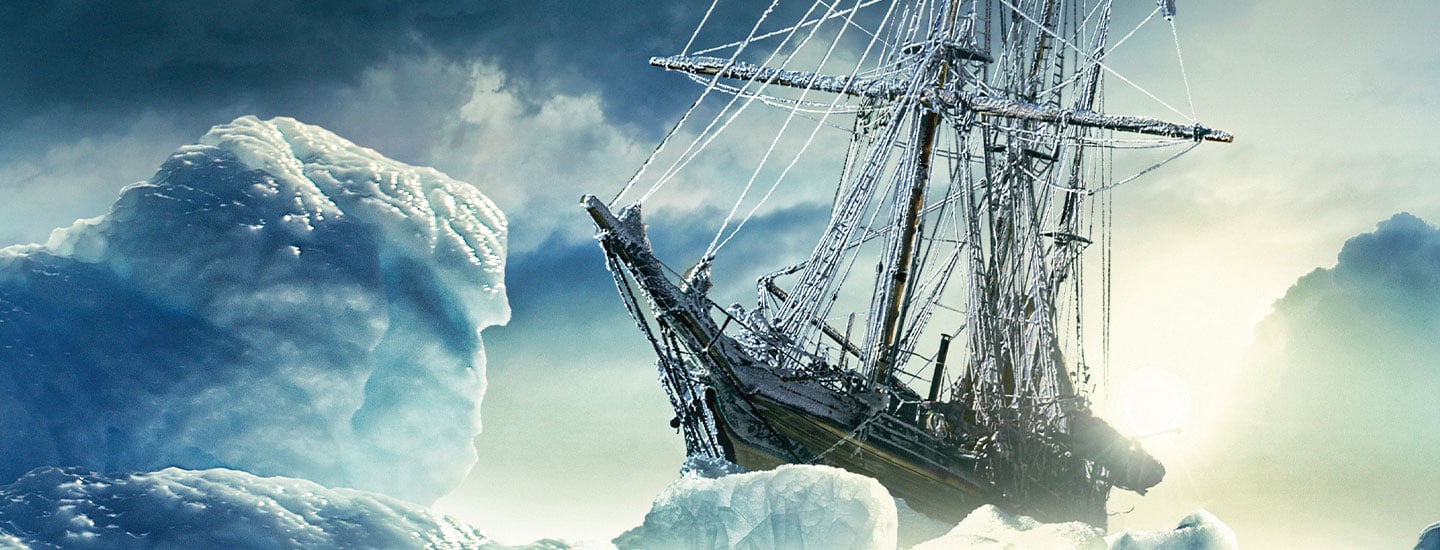Last February, a ship called the Agulhas II sailed to the Weddell Sea off the coast of Antarctica. A thick layer of sea ice surrounded the ship on all sides. But the scientists, engineers, and archaeologists aboard the research vessel weren’t worried about getting stuck in the frozen waters. The crew was much more concerned about what lay far beneath the ocean’s icy surface.
For weeks, the researchers had been using robotic undersea drones to scour the seafloor. They were looking for the wreck of another ship: the Endurance (see Key Moments: Antarctic Exploration). The vessel sank more than 100 years ago, and its exact location had remained a mystery ever since. For members of the search expedition, dubbed Endurance22, the hunt for the lost ship would turn out to be the most challenging—and rewarding—mission of their lives.
Last February, a ship called the Agulhas II set sail. It traveled to the Weddell Sea off the coast of Antarctica. A thick layer of sea ice surrounded the ship. Scientists, engineers, and archaeologists were aboard the research vessel. But they weren’t worried about getting stuck in the frozen waters. They were much more concerned about something else. It lay far beneath the ocean’s icy surface.
For weeks, the researchers searched the seafloor with robotic undersea drones. They were looking for the wreck of another ship. It was the Endurance (see Key Moments: Antarctic Exploration). The vessel sank more than 100 years ago. Since then, its exact location had remained a mystery. The search expedition was named Endurance22. For its members, the hunt for the lost ship would be the most challenging mission of their lives. It would also be the most rewarding.

